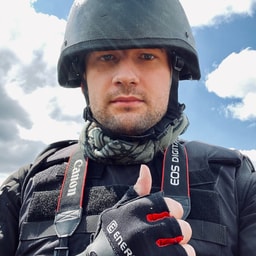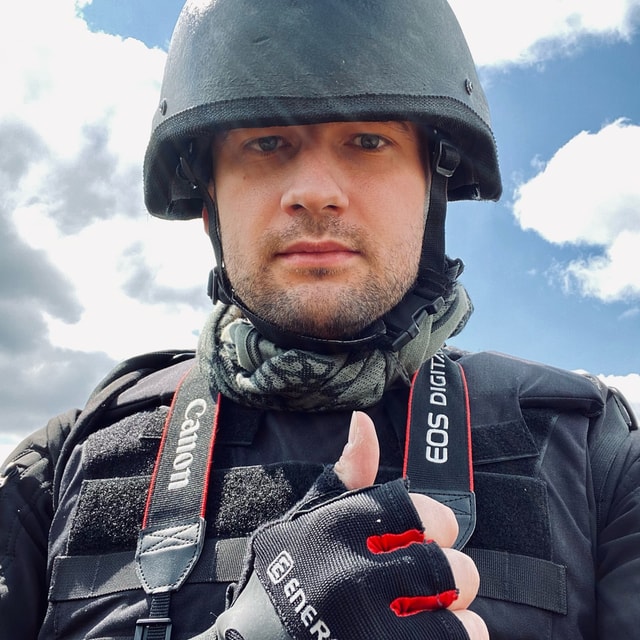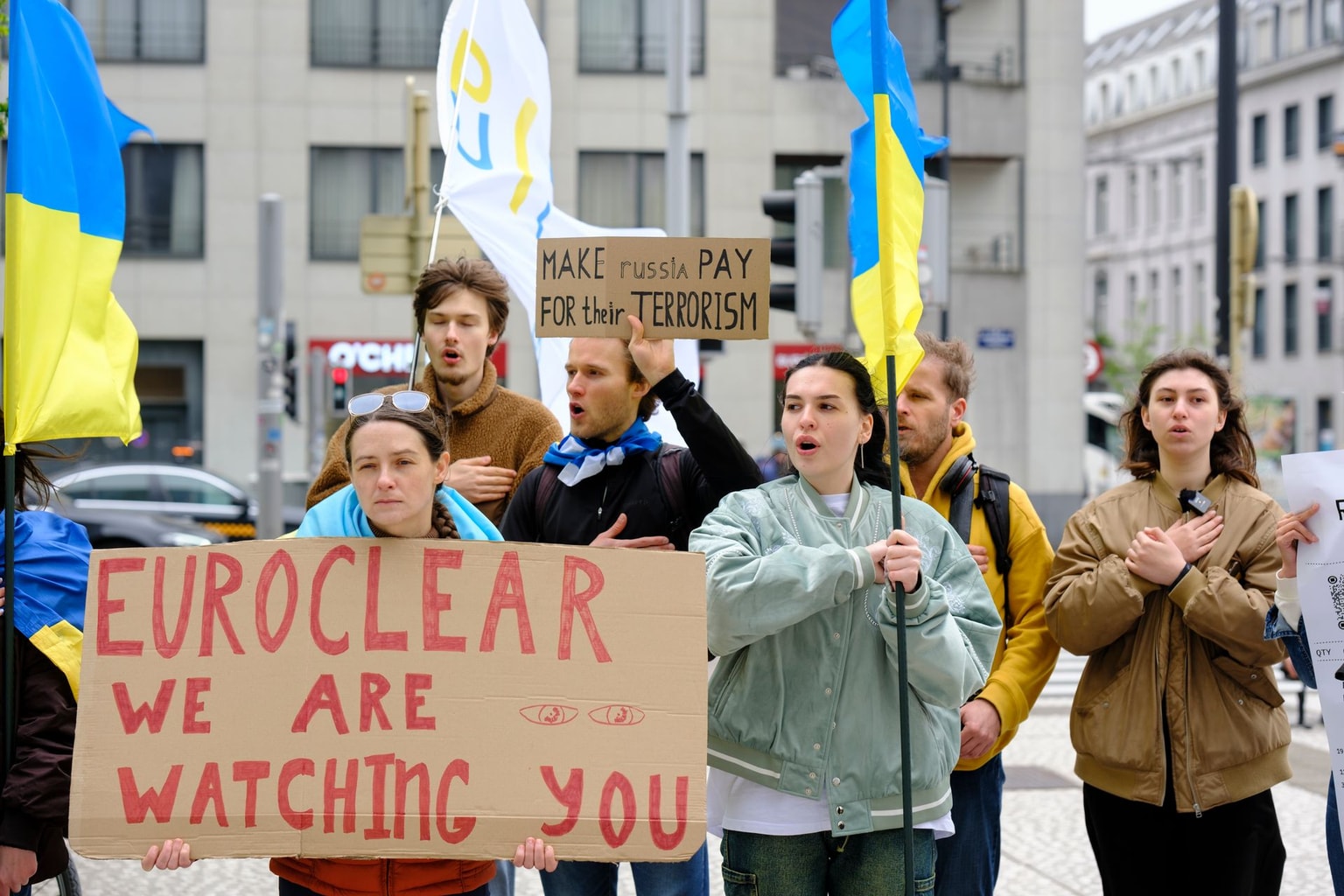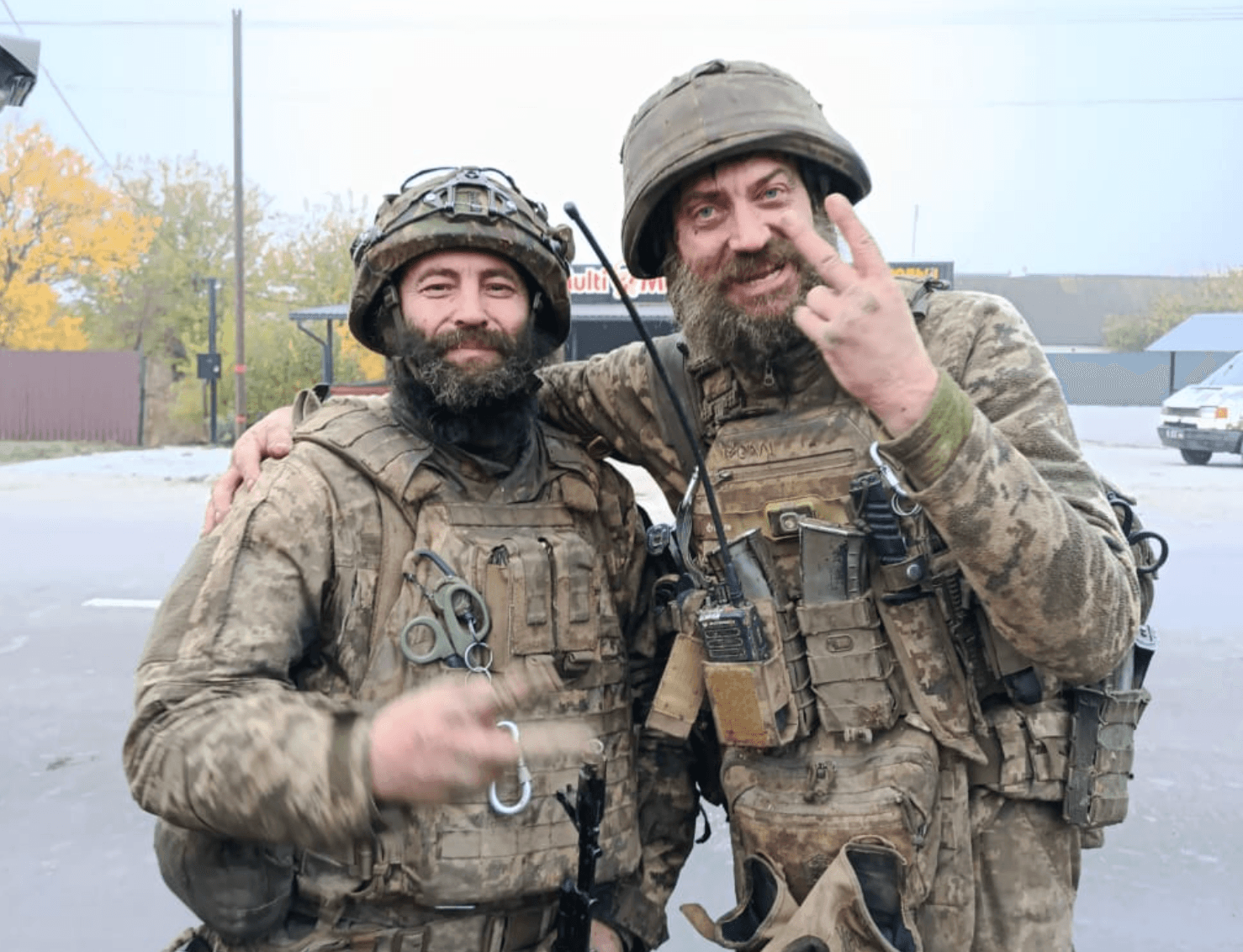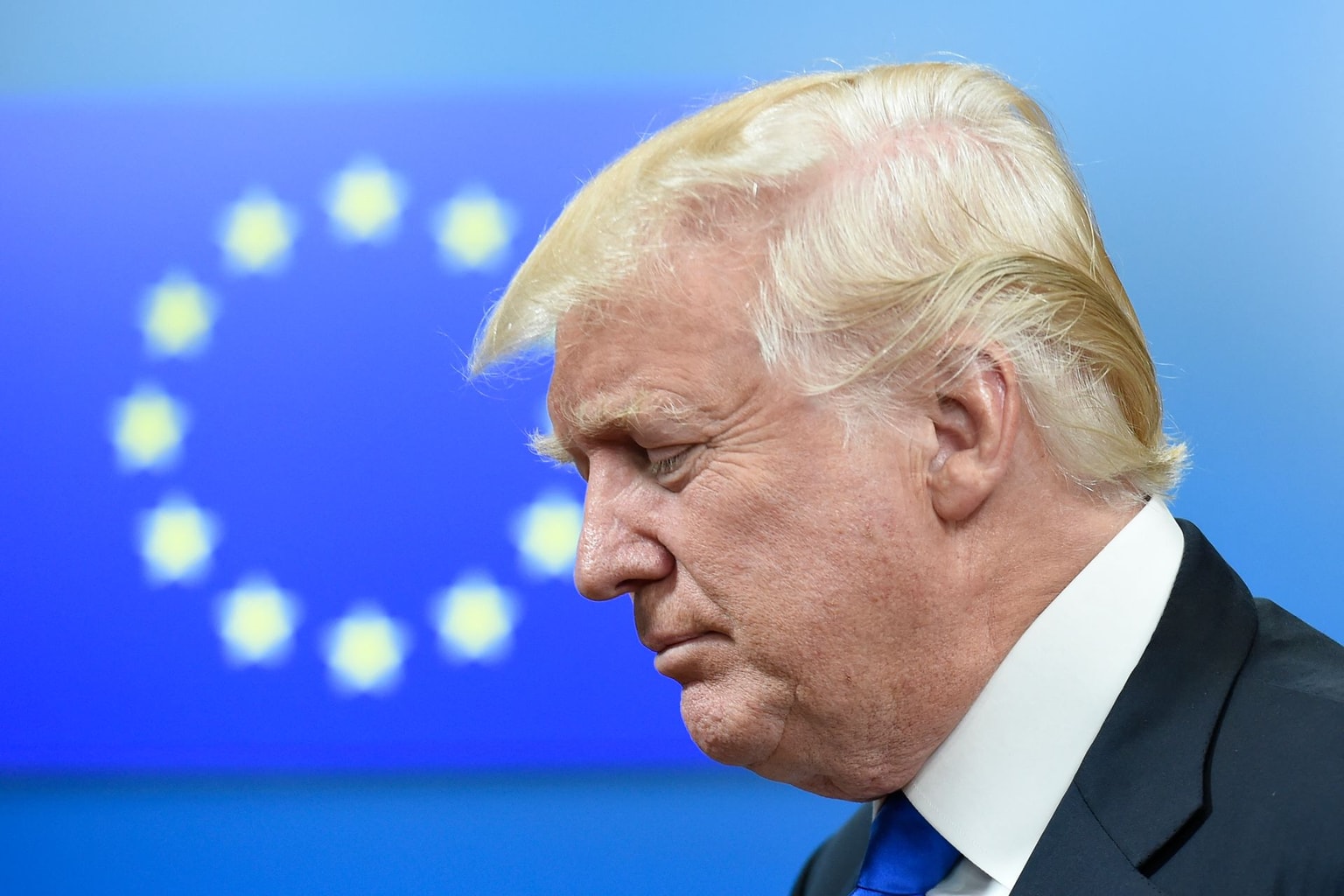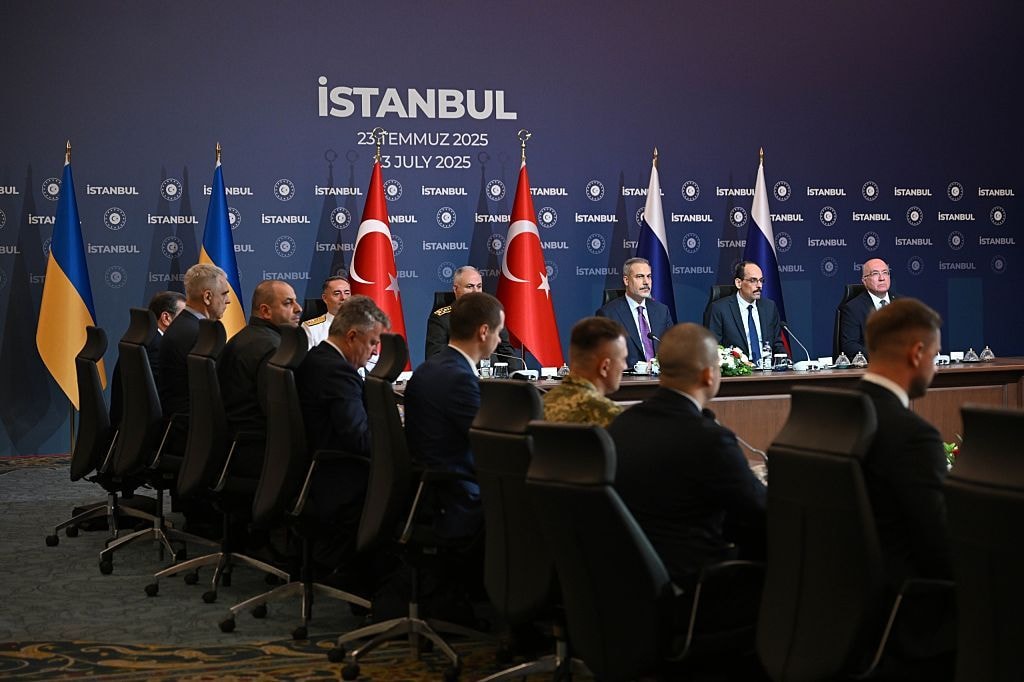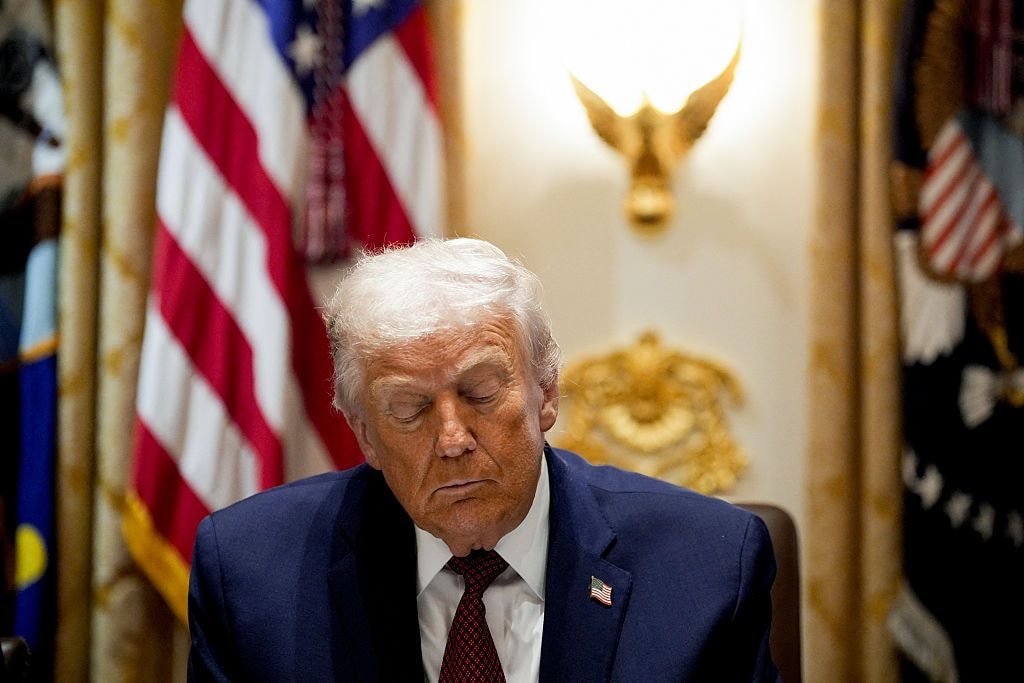Defense minister Reznikov: Russia might use 94,300 troops to invade Ukraine

In the event of a full-fledged invasion of Ukraine, Russia might employ a total of 94,300 troops concentrated in the region, according to Ukraine’s Defense Minister Oleksiy Reznikov.
“As of now, 41 battalion tactical groups… are currently deployed around Ukraine and in occupied Crimea,” the official said on Dec. 3 in his address to parliament, the Verkhovna Rada.
Ukrainian intelligence on Russia’s recent military activities confirms the possibility of a major escalation, according to the minister.
“The most probable variant envisages (Russia) reaching the point of readiness for the escalation by the end of January,” Rezkikov said.
“I point to the fact that the escalation is a possible though not necessarily imminent scenario. Our task is to prevent it. The better we work this out with our partners, the less probable the risk of escalation will be.”
Ukraine would never adhere to any military provocations, but at the same time would be ready to fight back if necessary, he added.
On Dec. 3, Ukraine’s military intelligence also reported on Donbas militants holding drills to exercise putting troops on high combat alert. The drills are reportedly guided by Russia’s eighth Combined Arms Army command bases in the city of Novocherkassk in the Rostov Oblast. Besides, the militants hold large towed artillery and mortar live-fire exercises, according to the Ukrainian intelligence.
Read more: If Russia launches blitzkrieg into Ukraine, how would it look?
In November, Ukraine again plunged into yet another acute security crisis as Russia was seen concentrating an estimated 100,000 troops in areas close to the country’s borders and the Russian-occupied territories.
The large Russian maneuvers alarmed Kyiv and the West.
According to Ukraine’s military intelligence, a large offensive operation might be launched in January or February 2022, although it is not known if the Russian political leadership has made an ultimate decision regarding the war.
NATO, the United States, and many other Western nations have warned Moscow of grave consequences in the event of a military escalation against Ukraine.
Read more: Is Russia really about to invade Ukraine?
At the same time, many expert groups, such as the Institute for the Study of War, note the lack of many key indicators of an imminent Russian offensive being prepared, such as the large-scale mobilization of artillery forces.
Some interpret the crisis as another one of Russia’s intimidation campaigns aimed at rendering severe political pressure on the West.
On Dec. 1, Russian President Vladimir Putin demanded that NATO assumes formal obligations of non-extension in Eastern Europe, including in terms of possible Ukrainian membership in the Alliance.
